
Alpine climbers need to pack light. Whether for the approach or on the rock face: To ensure maximum freedom of movement, only take the equipment that you really need. It is important to pay attention to every single gram when packing your backpack. You'll also need to pack it smartly and ensure it fits optimally.
In the third part of their safety academy Ortovox show you how to pack your backpack correctly for Alpine climbing. You can read the second part of the series, where they show you how to safely build belays and use bolted anchors whilst climbing, here. You can read part 1, which teaches about Alpine First Aid, here.
With large backpacks, it can be tempting to use the full capacity. That's why climbing backpacks with a volume of 25 liters are ideal. All the important equipment will fit in one of these. For alpine route, it should have a slim fit, be tight-fitting and lightweight. Useful additions such as a side zipper are also helpful, so that you can quickly access the equipment you are looking for. Your equipment should be stored in your backpack so that it has an optimal center of gravity and important equipment is always easily accessible.
A backpack consists of four different parts of which every has its own use.
1. LID COMPARTMENT
Small items such as a mobile phone, nuts or a climbing guidebook are ideally placed in the lid compartment where they can be reached quickly.
2. BACK
Heavy equipment such as quickdraws, camming devices and other climbing equipment should be as close to the body as possible without the metal parts being able to push into the back (position across the backpack). This optimally transfers the load to the pelvis via the hip belt. At the same time, the heavy equipment should not be too high up, otherwise the backpack will start to sway.
3. OUTSIDE
Medium-weight items such as clothing can go towards the outside at the top. A harness and slings can be placed towards the outside at the bottom.
4. BOTTOM
Lightweight equipment such as a bivi bag, first aid kit or hardshell should go at the bottom. A circumferential zipper is helpful to keep these items accessible.
Finally, we can push the rope into the backpack from the top or secure it under the lid using the rope attachment (between area 1 and 2/3). A helmet can either be placed on the rope in the backpack or, if it has a rope attachment, attached under the rope as the last thing to go in the backpack.
ORTOVOX CLIMBING BACKPACK: TRAD
The ORTOVOX TRAD is a lightweight among climbing backpacks. The TRAD backpack is available in different versions: as zip backpack (TRAD ZIP 26, TRAD ZIP 24 S) and as top loader (TRAD 18, TRAD 24 S, TRAD 25, TRAD 33 S, TRAD 35). The backpack is equipped with many important features, including a rescue system for emergencies. Combined with the new SAR 1 rescue system (a helicopter-based detector), a Recco reflector integrated in the backpack ensures that injured or missing persons can be located quickly. This climbing backpack also has a lightweight and very flexible aluminum frame, which can be removed if required. And for those who want to save even more weight, the hip belt can also be removed. The main compartment can be accessed with ease using the circumferential zipper or the innovative cover opening. And of course, it would not be complete without attachment options for rope and ice axe, as well as hydration system compatibility and images of Alpine emergency signals.
Are you unsure which backpack is right for your tour? The ORTOVOX backpack advisor will help you find the right climbing backpack!
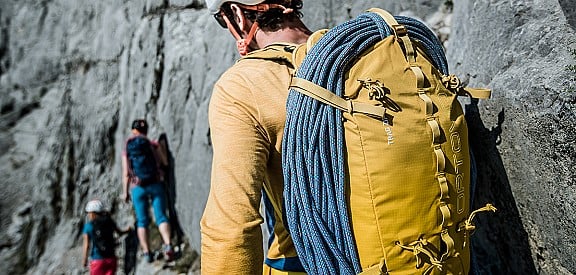
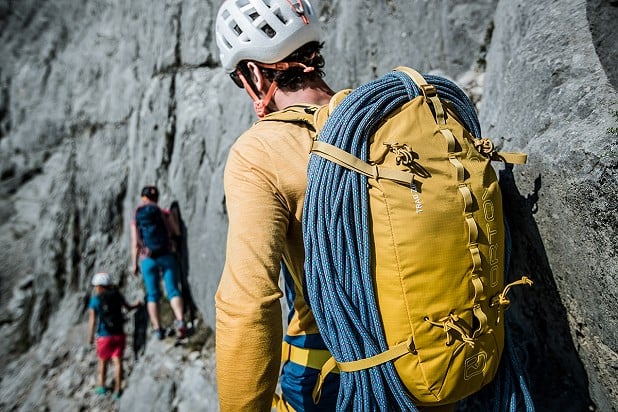
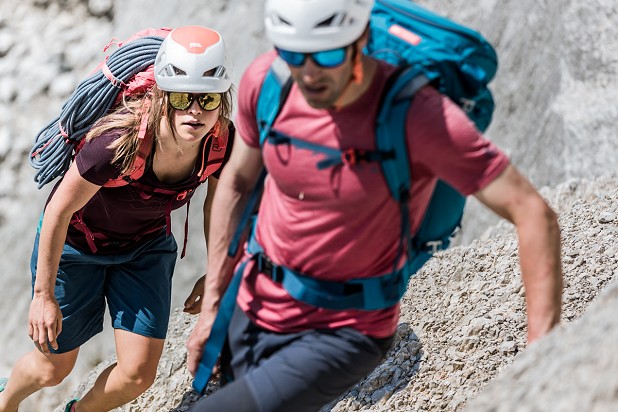
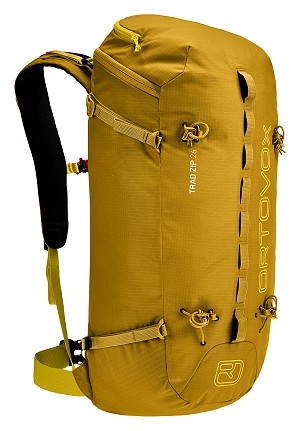

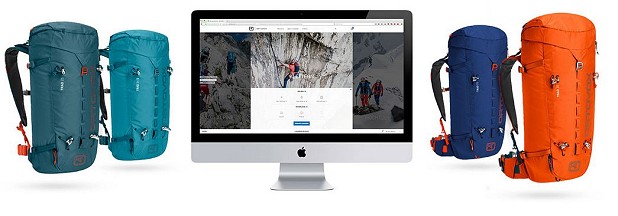


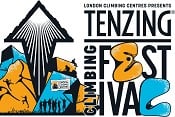
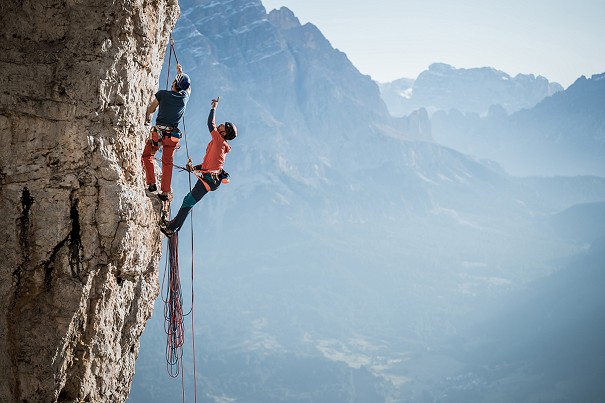
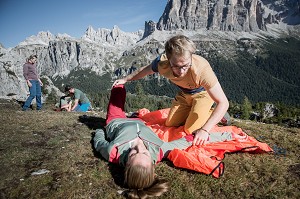
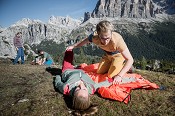
Comments